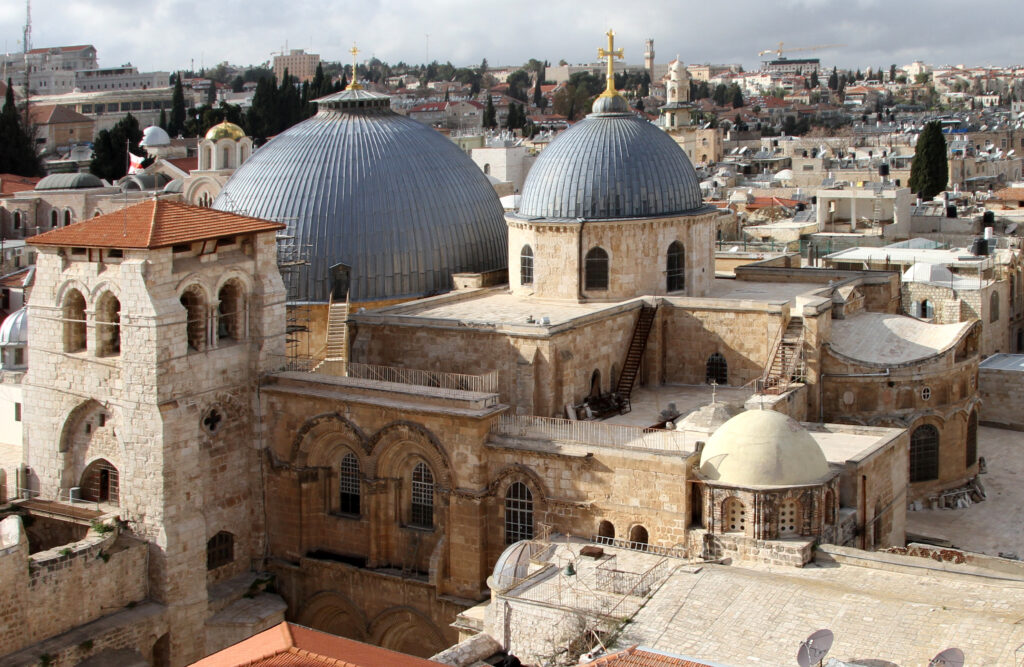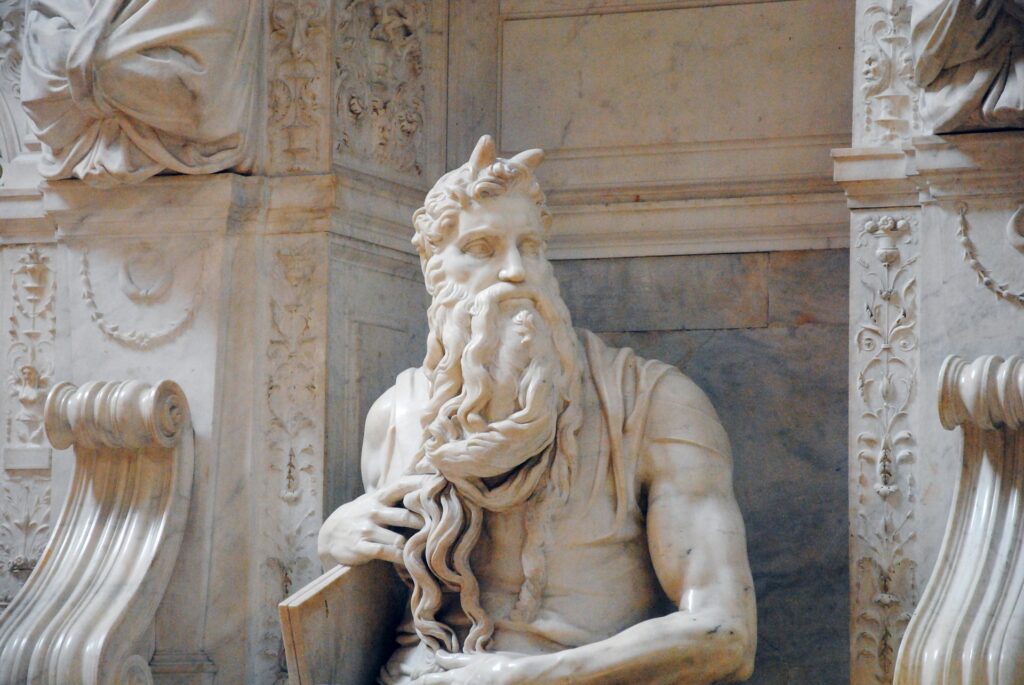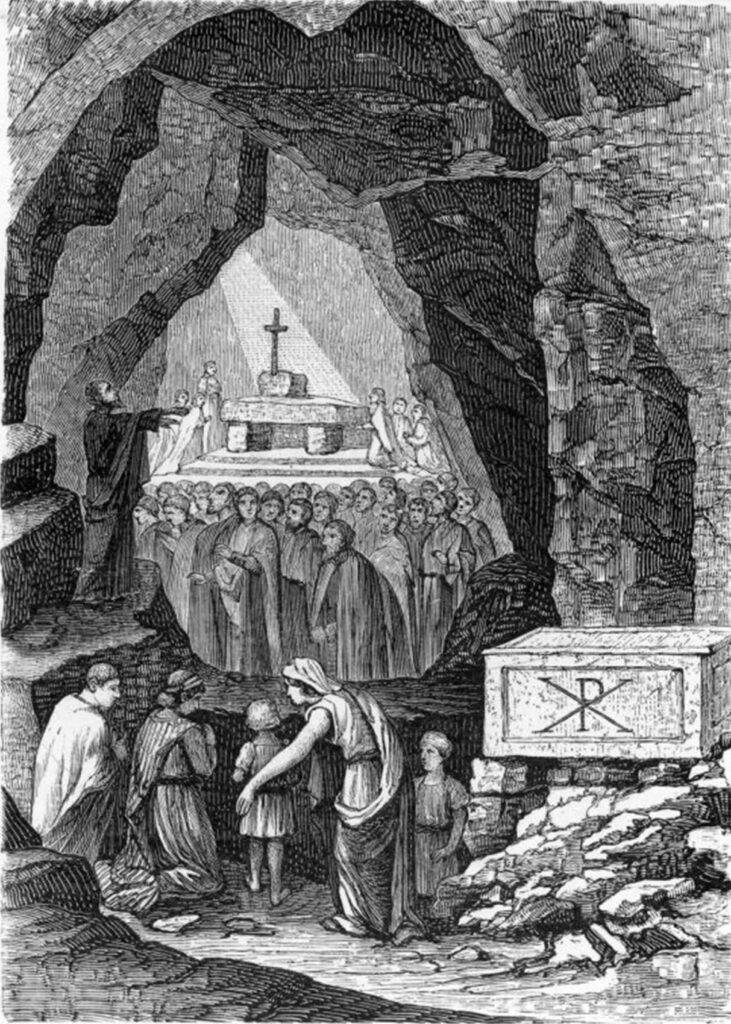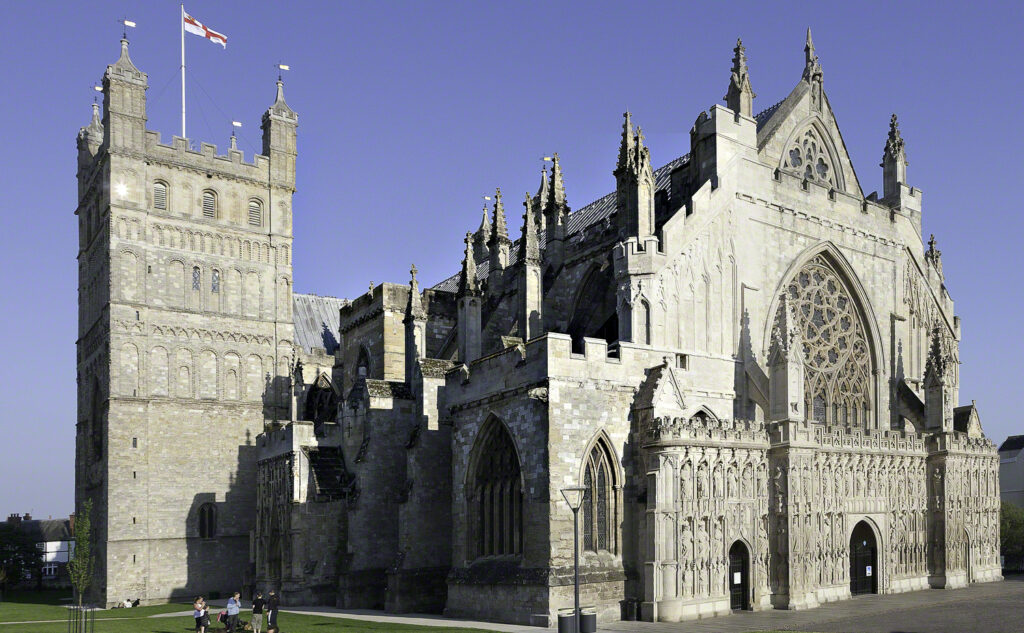Dura-Europos, an ancient city along the Euphrates River, was once a stronghold of the Roman Empire. Among its many archaeological treasures is a building long believed to be the oldest house church, dating back to the third century. However, recent research by Camille Leon Angelo of Yale University and Joshua Silver of the University of Manchester, published in the Journal of Roman Archaeology, challenges this interpretation.
Questioning the House Church Label
The scholars argue that the term “house church” may be a misnomer. The building, while originally a home, was converted exclusively for Christian worship, negating its residential function. The team’s analysis revealed several changes that distinguish it from typical homes, such as the conversion of a dining room into an assembly hall, the removal of domestic features like a cistern, and the addition of a separate baptistery.
Intentional Architectural Transformations
Their study also used daylight simulations to show how renovations shifted natural lighting, focusing on areas significant for worship, like the dais. These alterations suggest the building was designed with intentional religious purposes, further distancing it from its original domestic use.
A Unique Example of Early Christian Assembly
Dura-Europos’ Christian building is distinct in its early public use before Christianity’s legalization. This uniqueness is amplified by the city’s role as a regional hub and its long-sealed section that preserved this slice of mid-third-century religious life. Despite its singularity, Angelo speculates that similar Christian communities existed elsewhere, possibly lost to time but preserved like Dura’s if circumstances allowed.
Source:
Is the World’s Oldest House Church in Dura-Europos?







